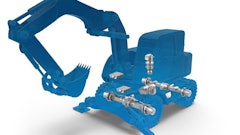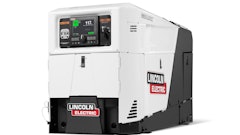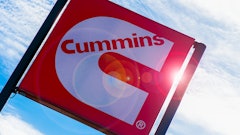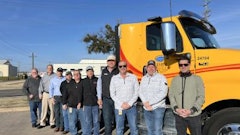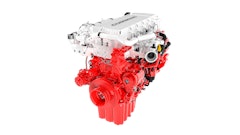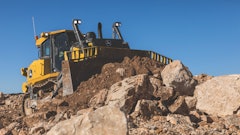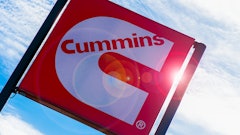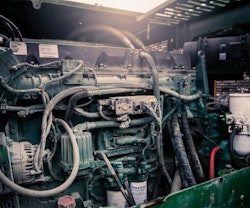
When it comes to diesel engine size and maximizing uptime, reliability and fuel efficiency, it’s not about having a big engine or a small engine, but the right engine for your off-road application.
Some prefer big engines because they deliver more power, while others prefer smaller engines to either minimize fuel consumption or reduce the installation footprint. But there are plenty of drawbacks to using a diesel engine that is either too big or too small.
If you’re using a diesel engine that is too small, average loads will be too high and will lead to increased wear on the engine and its components. It also likely that it will have problems performing its intended tasks. Conversely, if a diesel engine is bigger than required, it will run on low efficiency. Therefore, the key is to find the right engine, and what constitutes the right engine depends on your application and usage. This will help you to maximum uptime.
“To determine the right engine size for your application, contact an application engineer at Volvo Penta. They should be able to perform simulations on the speed and torque trace and calculate an accurate description of how the engine should be sized for its expected workload.”
It is important to keep in mind that engine manufacturers are continuously upgrading their diesel engines over time, improving key features such as power and load acceptance. An engine size that might have been optimal ten years ago, could now be oversized today, and it might be possible to make a sidestep down in engine size without compromising productivity or efficiency.
A real life example of this is Dalby Maskin in Sweden.
By choosing a smaller engine displacement and lower RPMs, service intervals – such as air filters – were extended, saving time and money. They also managed to decrease fuel consumption and increase oil change intervals from 250 hours to 1000 hours.





